History of Ajanta Cave Paintings
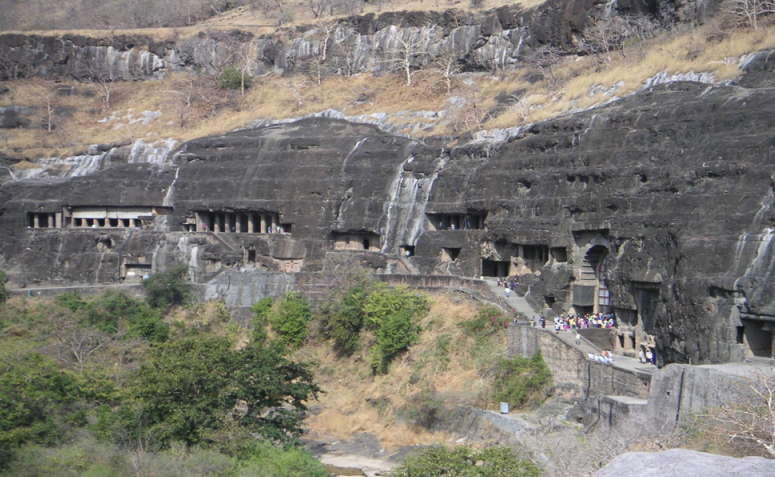
Ajanta, a world famous Buddhist rock cut caves, temples and monasteries and with unique wall paintings. The caves were cut out of granite cliffs in horse- shoe shape. Below the caves flows the river Wagurna. The caves are located 105 km northeast of the city Aurangabad, Maharashtra. About 30 caves were excavated are of two types, caityas ("sanctuaries") where the monks used for chanting prayers and viharas ("monasteries") for living. These paintings depict colorful Buddhist legends and divinities.
The Ajanta Cave paintings are from 200 BC to 600 AD the earliest and most important wall paintings in India. The process of painting involved several stages. First, the rock surface was chiseled to make it rough enough to hold a plaster made of clay, hay, dung and lime over a clay under-layer. While the plaster was still wet, the drawings were outlined and the colors applied. The wet plaster had the capacity to soak up the color so that the color became a part of the surface and would not peel off or decay easily. The colors were referred to as 'earth colors' or 'vegetable colors.' Various kinds of stones, minerals, and plants were used in combinations to prepare different colors. The paint brushes used to create the artwork were made from animal hair and twigs. The walls, ceilings and columns of the caves were covered with complex compositions of the Jataka stories and ornate floral and animal decorations. Sculptures were often covered with stucco to give them a fine finish and lustrous polish.
Thus Bodhisattva as depicted in the Jatakas was in aspirant after knowledge who wanted to rise through a chain of good deeds and virtuous living to the exalted status of Buddhahood. The original concepts of the Jatakas support the belief in rebirth and the principle of Karma..
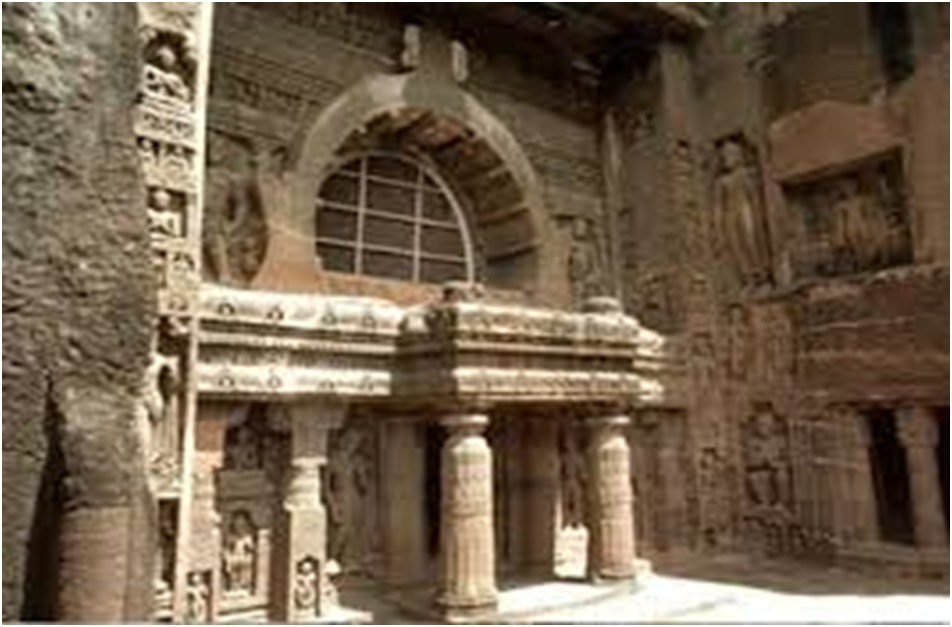
Sculptures were often covered with stucco to give them a fine finish and lustrous polish. The stucco had the ingredients of lime and powdered sea-shell or conch. The latter afforded exceptional shine and smoothness.
Mahajanaka Jataka
Mahajanaka Jataka is an important composition in Cave 1 belonging to the Baroque period (6th century AD).
The Story: Bodhi-sattva born Mahaajanaka whose father was banished from his kingdom by his brother, Pola-anaka. Mahaa-janaka went all over the world as a merchant and amassed enough wealth to help him regain his father's kingdom. The Story Pola-janaka died survived by his most beautiful and haughty daughter, Shivali. Three almost impossible conditions were set to marry her. Mahaa-janaka fulfilled all three and married Shivali. The Story However, the pomp and luxuries of the palace life was not to his liking. In spite of the pleadings from his queen, Mahaa-janaka finally renounced the world and went to the Himalayas to meditate upon the Truth Narration in this cave starts after the marriage of Mahaa-janka.
AJANTA : Provides a wealth of information regarding jewellery, textile and dress, musical instruments, architecture, etc.
Act One:
Mahaa-janaka in Dilemma. The newly wed king is dissatisfied with the pompous life. The queen attempts to captivate him with all her charm. The king goes out to seek advice from an ascetic.
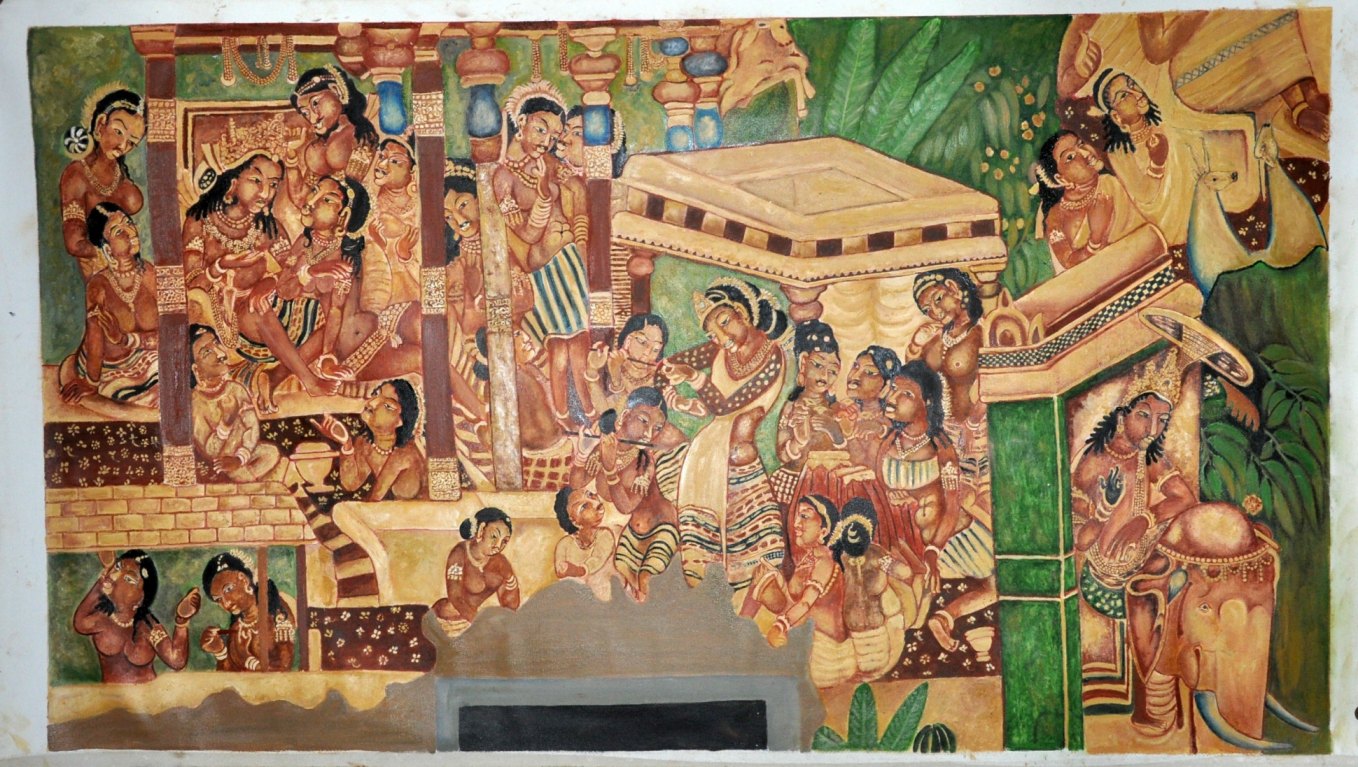
Mahajanaka Jataka: Cave no 1
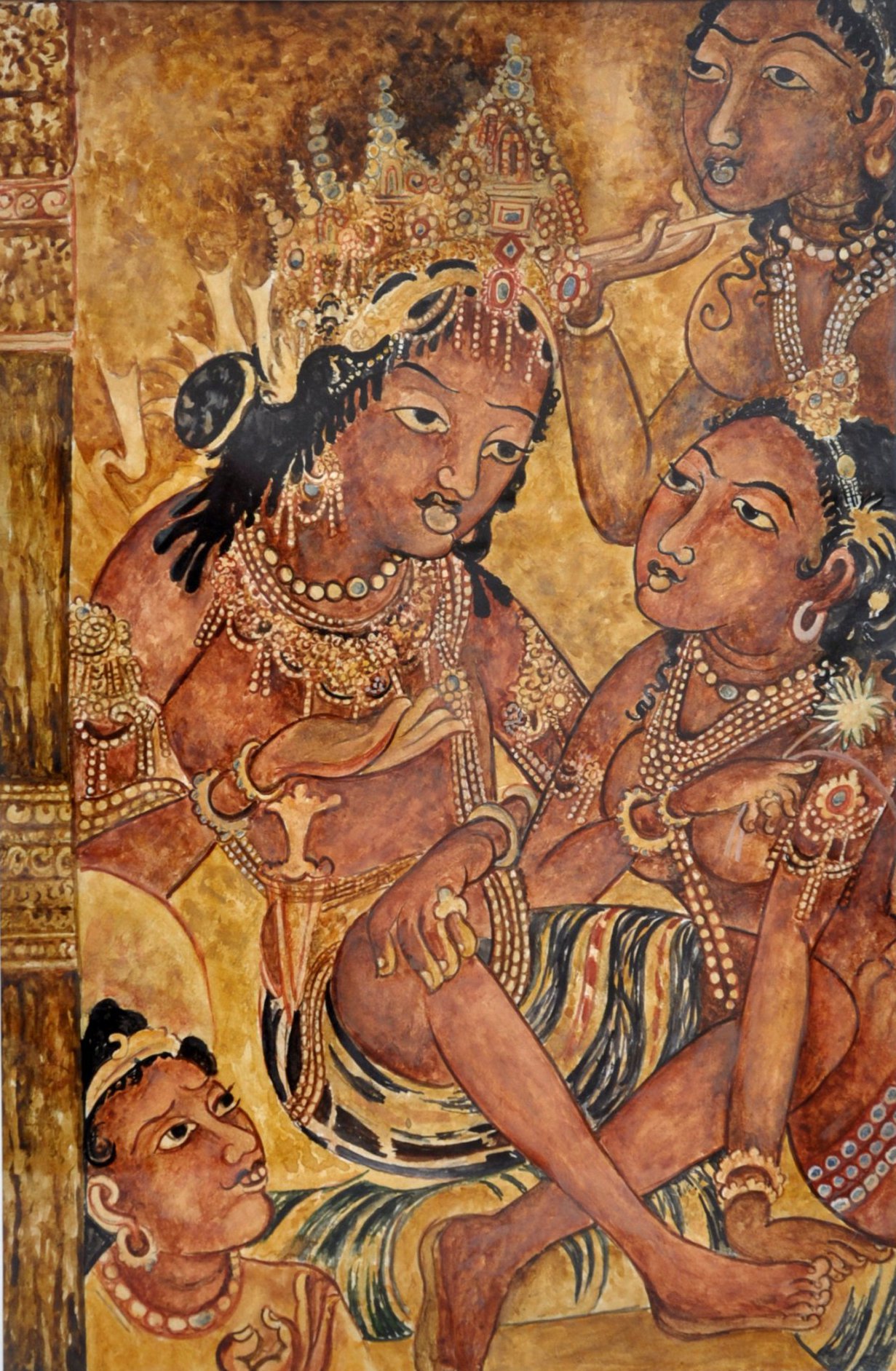 Act 1 The King in Dilemma
Act 1 The King in Dilemma
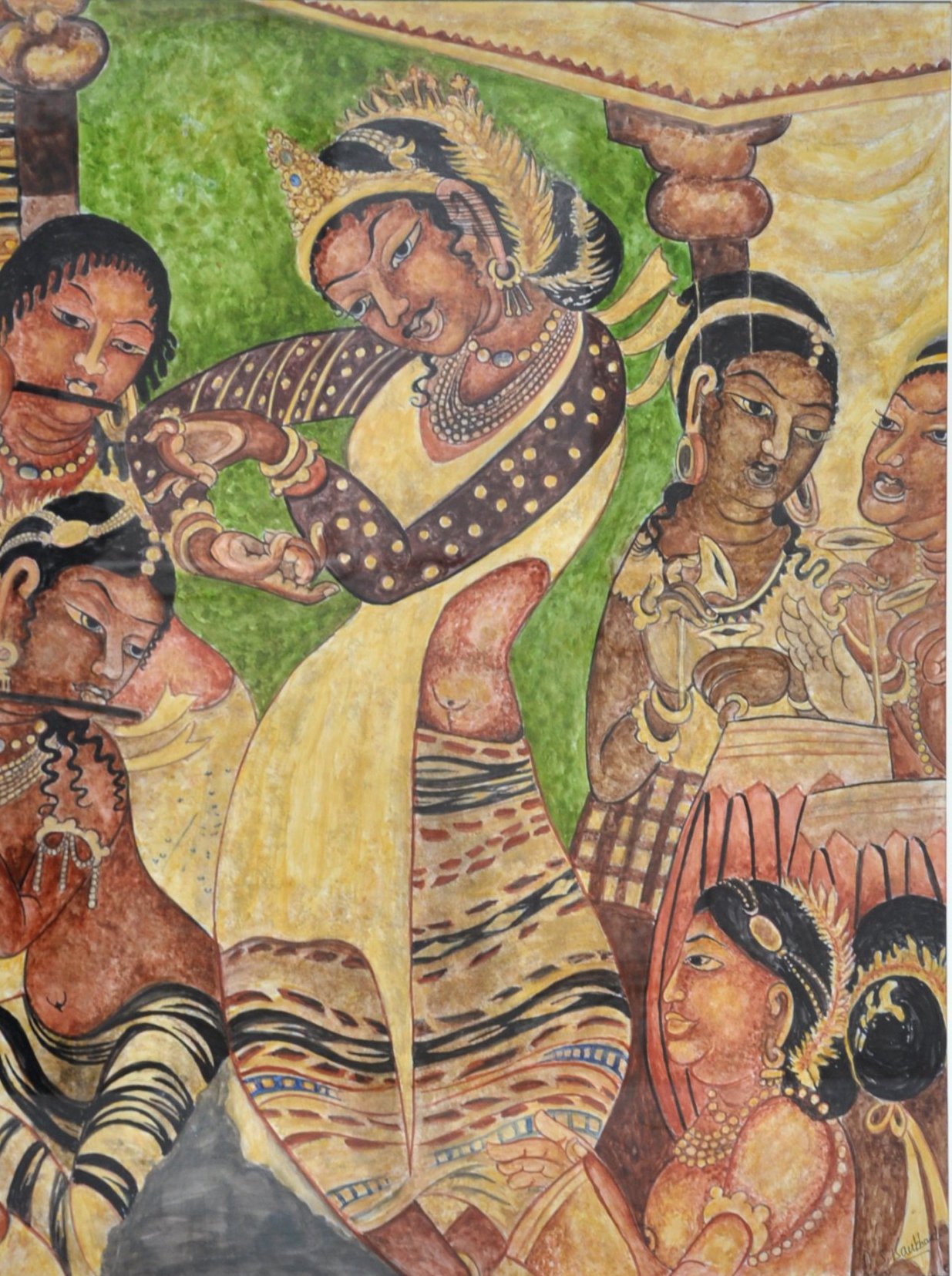 Act 2 The Dancing Scene
Act 2 The Dancing Scene
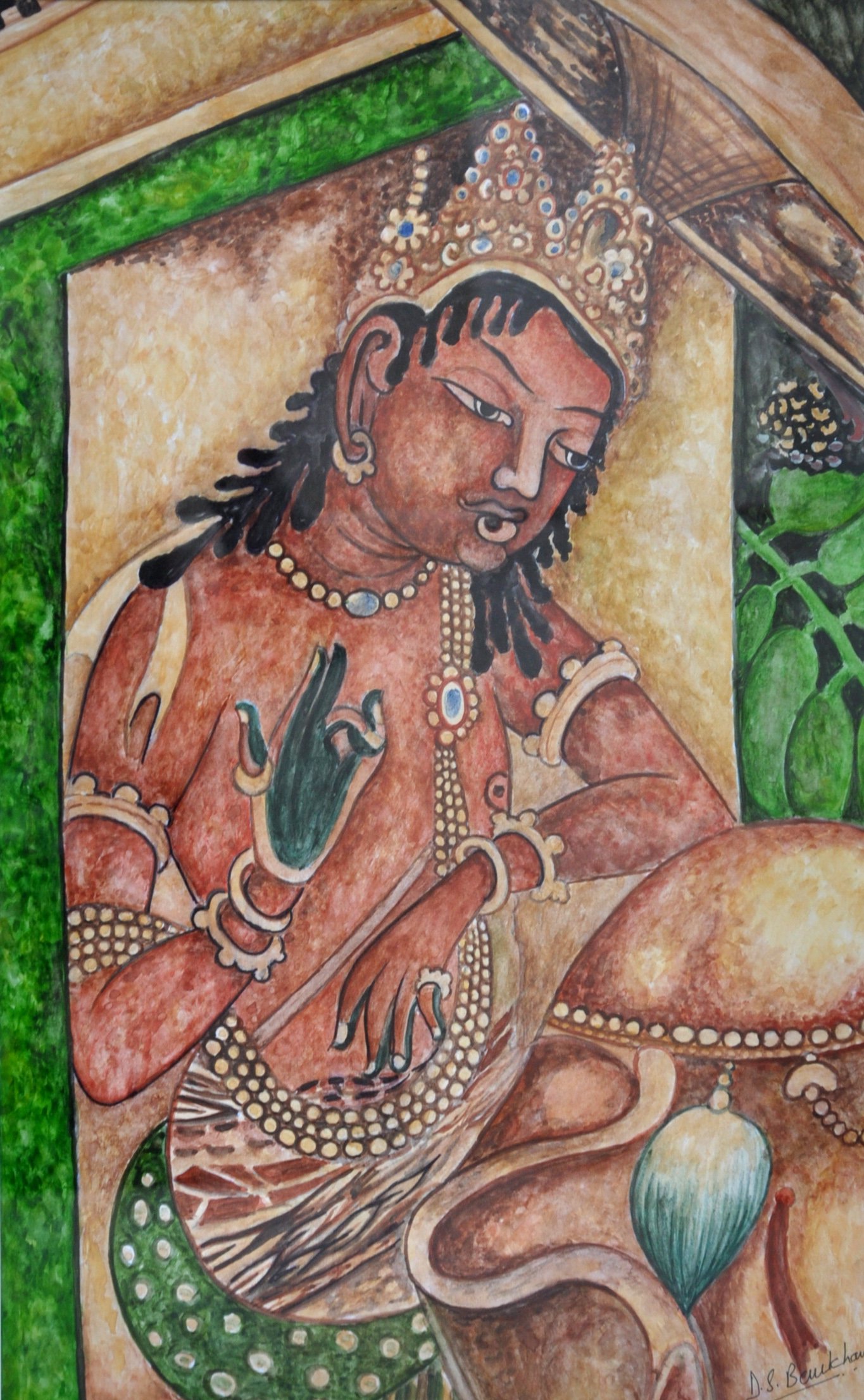 Act 3 The King leaving the palace
Act 3 The King leaving the palace
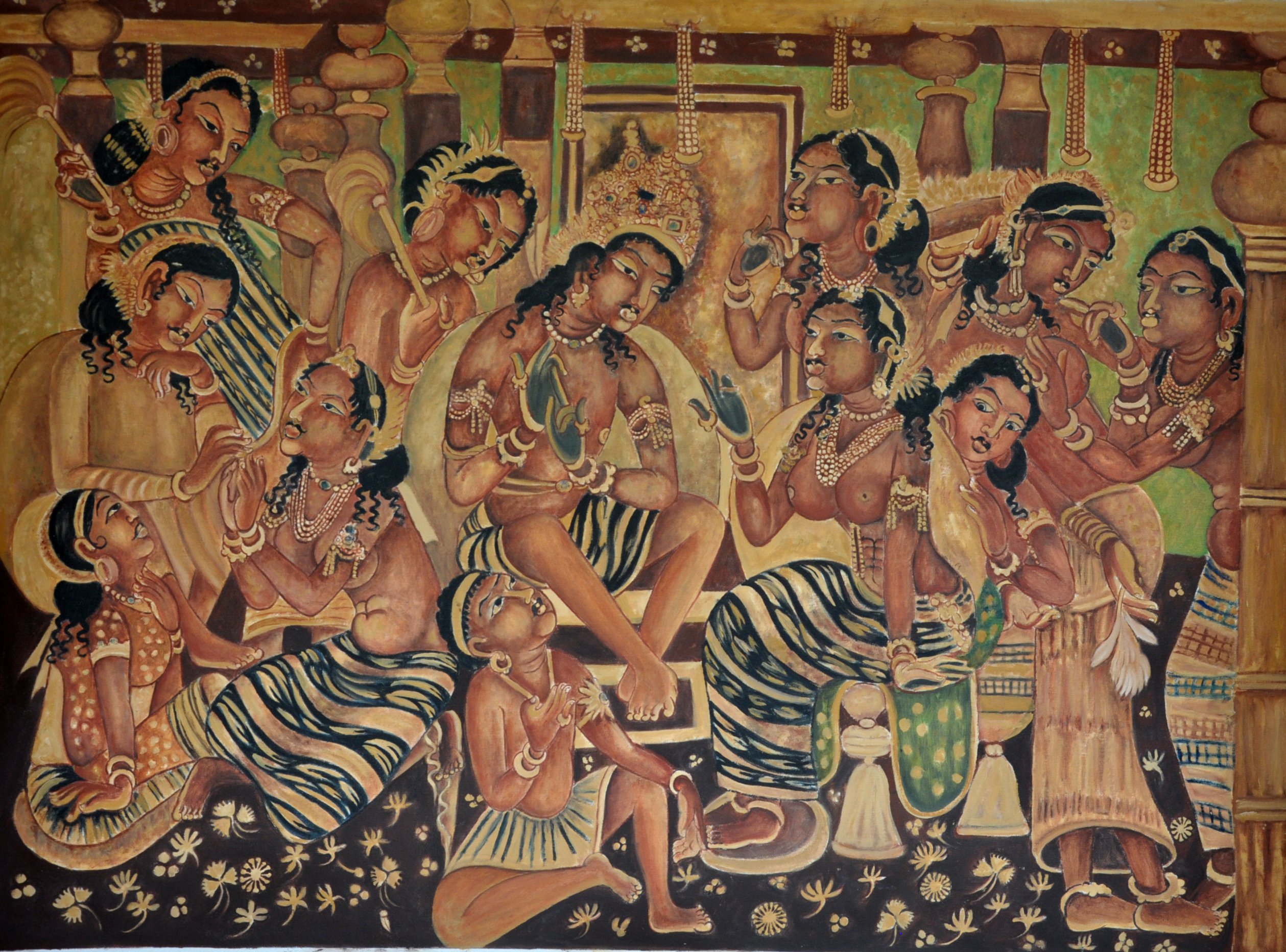 Act 4 The King seeks advice of the ascetics
Act 4 The King seeks advice of the ascetics
Act One: King Mahaa-janaka in Dilemma: The newly wed king is dissatisfied with the modest life. The bejewelled king does not look at princes Shivali, but has a wild and vacant look. His right hand suggests despair. The queen attempts to captivate him with all her charm. Queen, dressed in ‘nakedness’, leans against the king. Every line of her figure expresses her attitude of passionate yield. The Court maids are looking at the couple. Their looks invite the attention of the sad king. Variation in poses and the varieties of textiles are worth noting. A dwarf in attendance sitting on the ground.
Act Two: Dancing Scene: The musicians, like the dancer, show great dynamism and movement. The dancer strikes a graceful pose, her hands a mudra. She wears a long jacket and a close-fitting blouse. Her striped skirt is loose and long. Her ring set with a small mirror, the ear-rings of elaborate design. Her head-dress of strings of gold beads or pearls. Her plaits entwined with flowers. The Dancer the palatial surroundings and decorations, accompaniment of a host of musical instruments, fantastic garments and elaborate ornaments all successfully contributed to a spectacular dance scene.
Act Three: King Mahajanaka Leaving The Palace Gate: Kings seeks advice and the queen was not successful in her attempt in holding back the king. Maha janaka’s mental turmoil has not ceased. King Mahaa-janaka goes out through the Palace-gate on an Elephant back to Himavali Hills to seek advice from an ascetic.
Act four: King Mahaa-janaka goes out through the Palace-gate on an Elephant back to Himavali Hills to seek advice from an ascetic.

 Chat with us
Chat with us